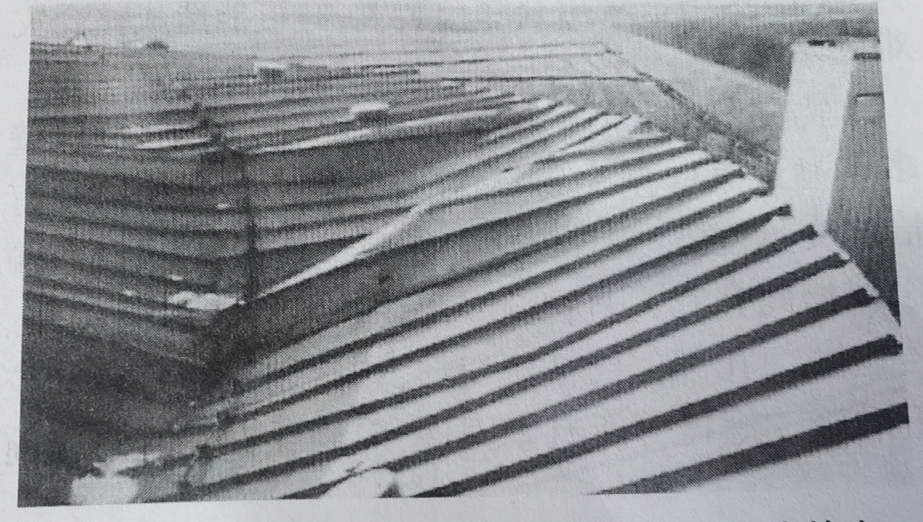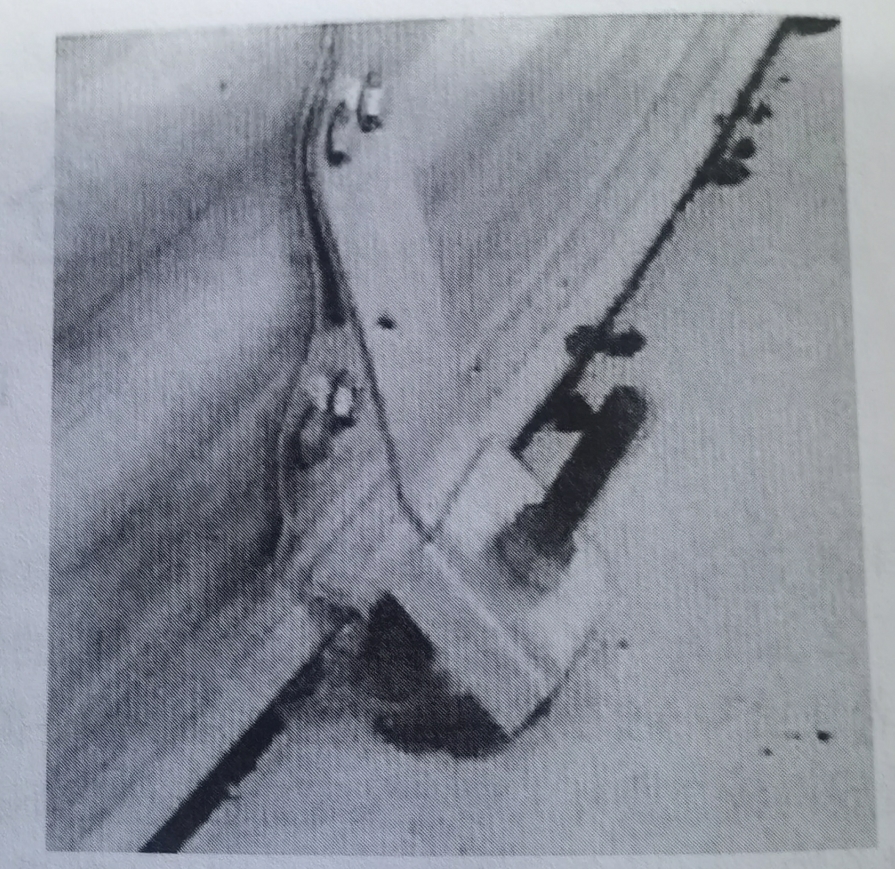Unloading some grain storage will usually relieve the pressure on the storage tank. It must be noted, however, that the sidewall load of the silo will increase by about 10 per cent when the grain is unloaded. If deformed steel plates and boosters already exist on the storage tank, the discharge of grain from the warehouse will cause greater problems.
If the storage warehouse ripple steel plate has been abnormally wrinkled, at this time, without consulting the steel plate warehouse manufacturing plant technical personnel and correctly grasp the method of safe discharge storage storage, do not operate the warehouse unloading grain without authorization. In such an unusual situation, trying to use conventional warehouse unloading devices may cause catastrophic accidents throughout the warehouse. Each hole in the sidewall needs to be carefully examined. Most of the side walls of the steel plate silos have certain types of manholes, but these holes must be properly supported to withstand ring stress. Other door holes, as well as conveying chute door holes and large diameter warehouse special front-end grain machine into the warehouse door hole. If these door holes have been deformed by pressure, decompression and correction measures must be taken. All fasteners, such as bolts, should ensure that they are fully installed and ready before the empty silo is stocked. At the top of the warehouse, make sure that the top of the position is evenly suspended over the side wall. If the warehouse does not maintain the cylindrical shape, the capacity of the empty warehouse to resist the wind load is greatly reduced. If the top sides of the warehouse extend farther than the other, the warehouse is no longer a cylindrical shape. At this point, the warehouse top field fasteners may no longer be valid. The warehouse shape should be calibrated and reverted to the cylindrical shape. The rust of the straight climbing ladder crossbar should also be checked and all bolts on site should be effectively tightened. These crossbars are often rusted from the inside out. If rust is present, the strength of the iron bar has been greatly reduced and must be replaced. It should also ensure that the straight ladder safety shield is properly secured. The top of the warehouse is often the first rusted part of the steel plate warehouse, should be focused on inspection. The rust on the top of the warehouse is often caused by the deposition of dust and moths on the top of the warehouse. The narrow aisles and falling pipes on the top of the warehouse seepage, which can also cause rust on the top of the warehouse. Rust is the most important factor affecting the service life of steel parts (Figure 3, Figure 4). If the roof has begun to rust, brush, scrape, blast or other cleaning methods should be used before repainting to remove rust from the rusty area. Zinc-based paints were previously recommended, but there are now a variety of high-quality paint options. The owner may consult with the steel warehouse manufacturer or local expert to determine the paint that best suits the current situation of the warehouse. If it has been rusty for many years, it is likely that the entire warehouse top must be replaced. Steel bench manufacturers and experienced structural engineers can make recommendations that help make the right decisions. When emptying a warehouse, check the inside of the warehouse for hidden problems that endanger the safety of grain storage. It is important to ensure that the empty silos comply with all operating specifications for safe storage of grain. When checking for short positions, focus on whether moldy grain is left on the wall or bottom of the warehouse. If there is moldy grain, the steel plate below it may have rusted. If the surface is only rusty, the above recommended measures may be taken as if they were disposal of the top of the position. If the corrosion is much more severe, the corrosion plate retains a thickness. If it is quite thin, it must be replaced.

Figure 3 The top of the warehouse is often the first to be rusted, do not forget to check
The internal inspection of the warehouse also includes the seal check of the bottom of the warehouse. If it has been verified that the bottom of the warehouse has been filled with water, the water build-up should be removed and the new sealant used. Use on the inside or outside of the warehouse wall accordingly, in accordance with the regulations for the use of sealants. Finally, we should check the reinforcement on the wall of the warehouse, whether there is deformation, whether it is properly fastened, whether it is rusty, whether it is effectively connected, and whether there are other abnormalities. In particular, emphasis should be placed on checking whether the bottom reinforcement ribs are properly fastened. If these problems exist, corrective action should be taken before entering the warehouse.

Figure 4 Warehouse wall fasteners rust


